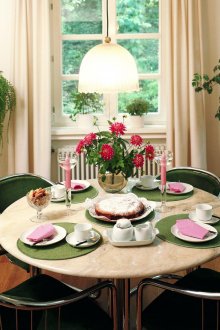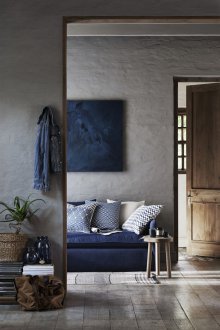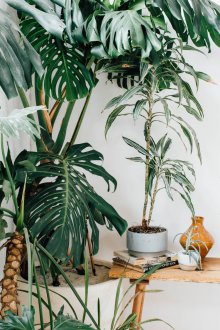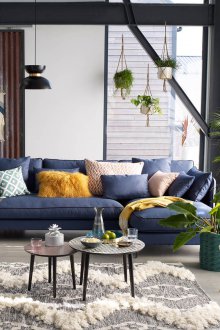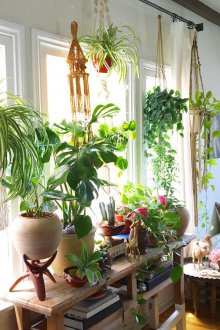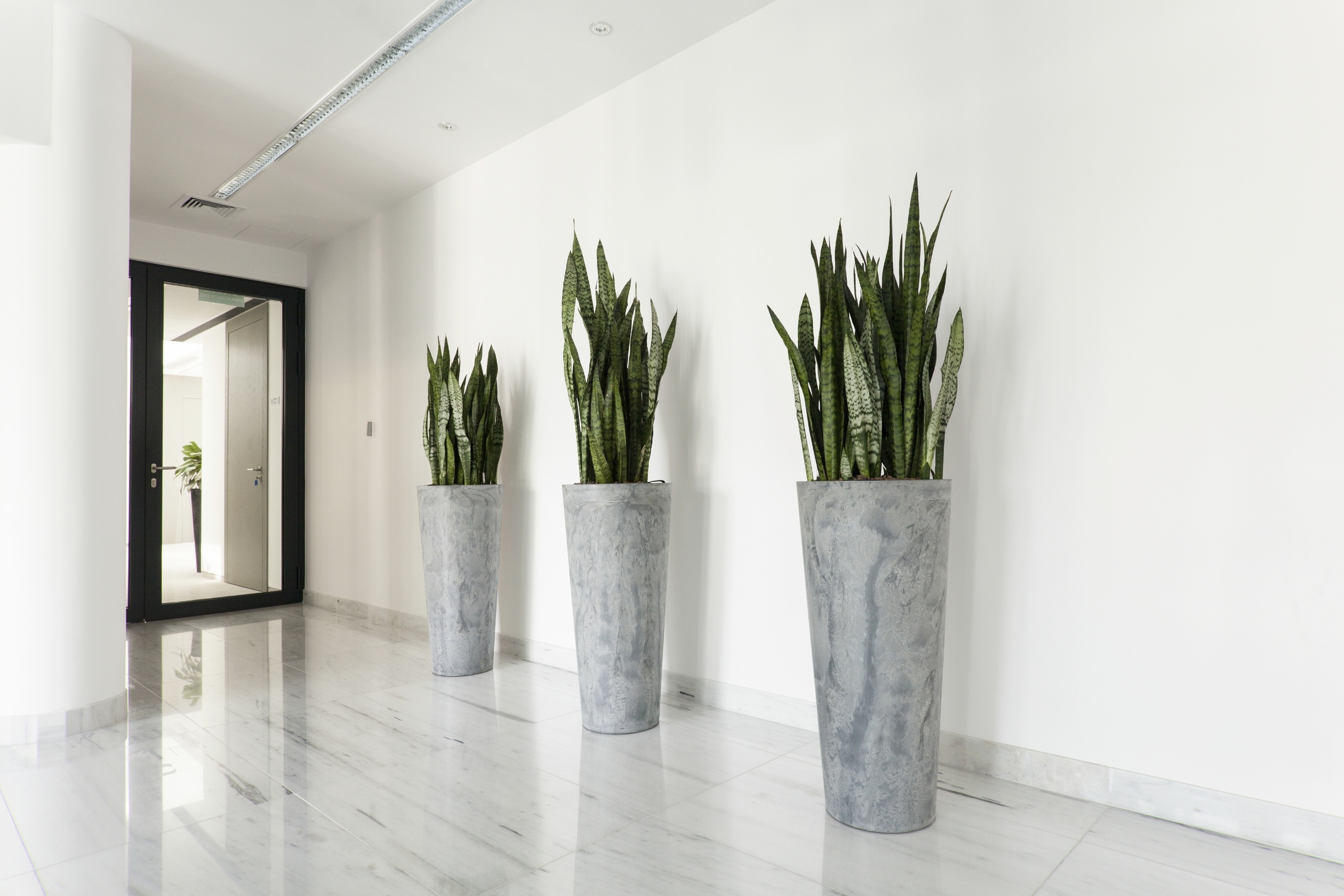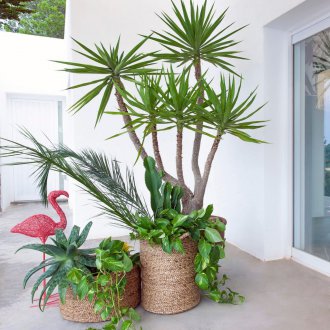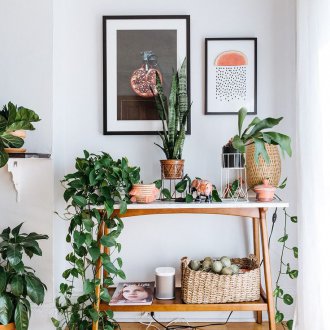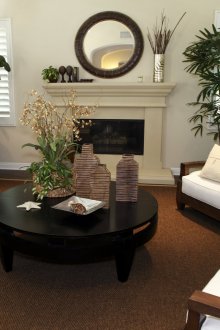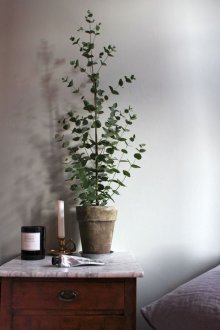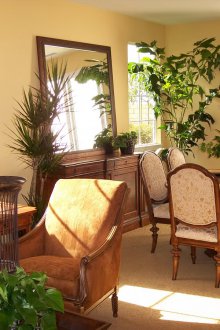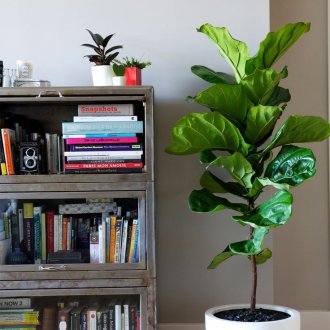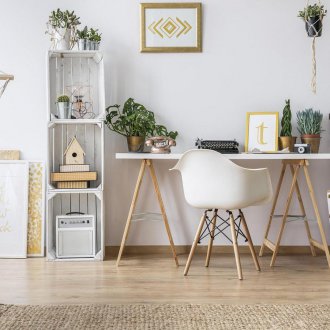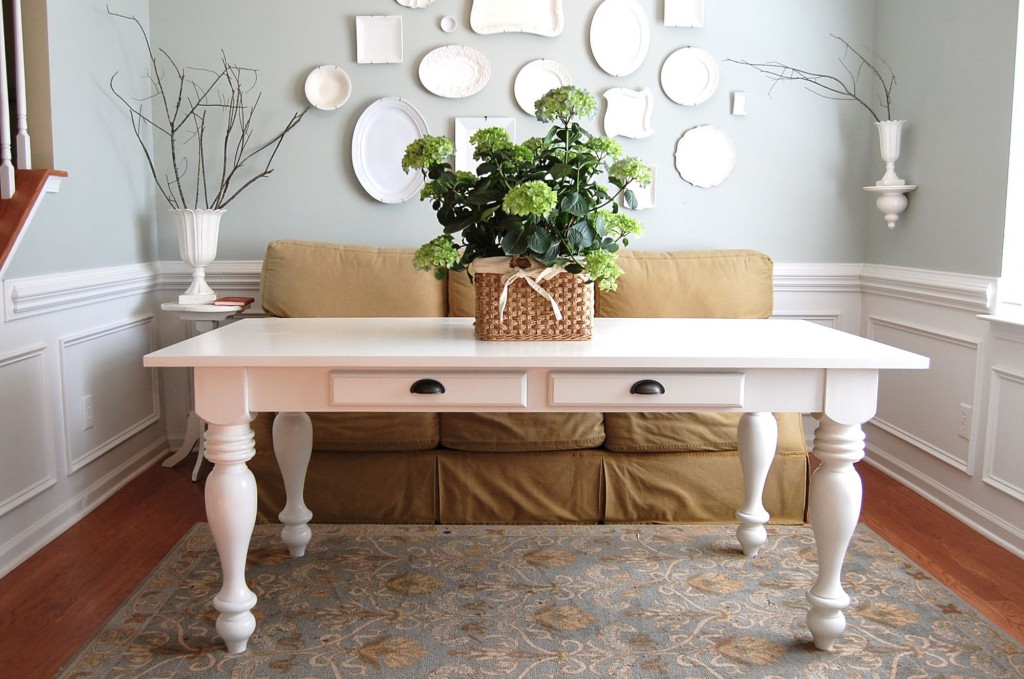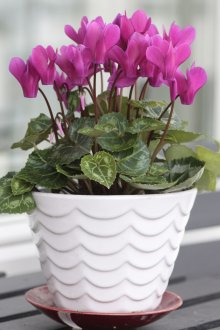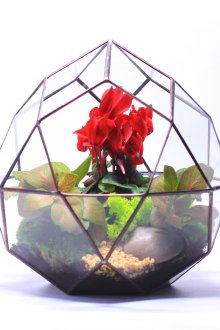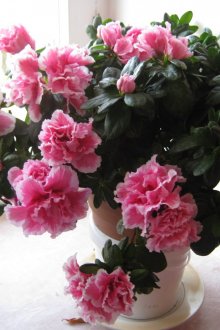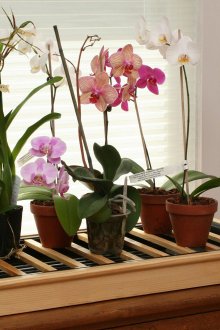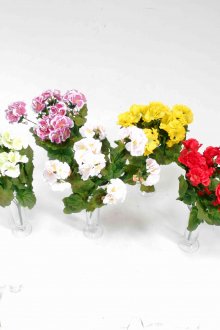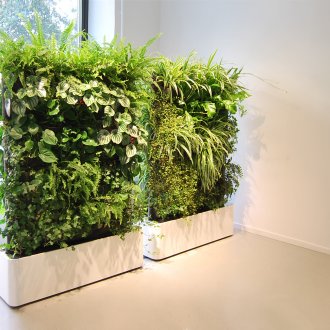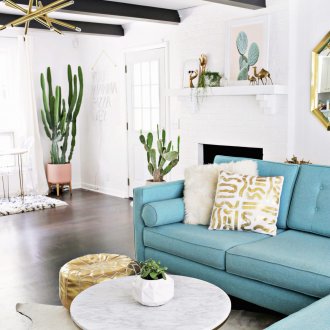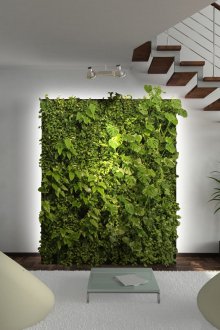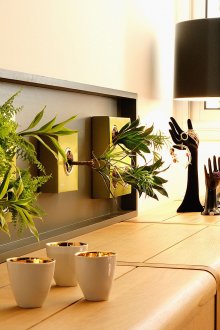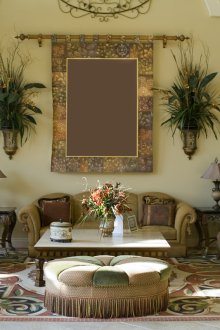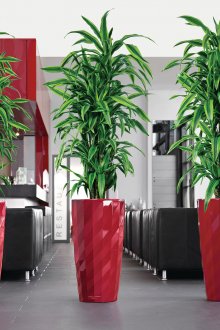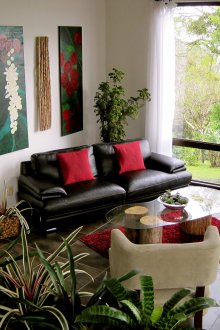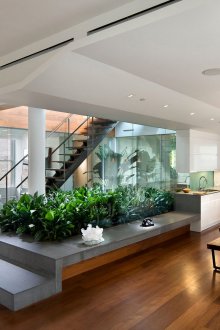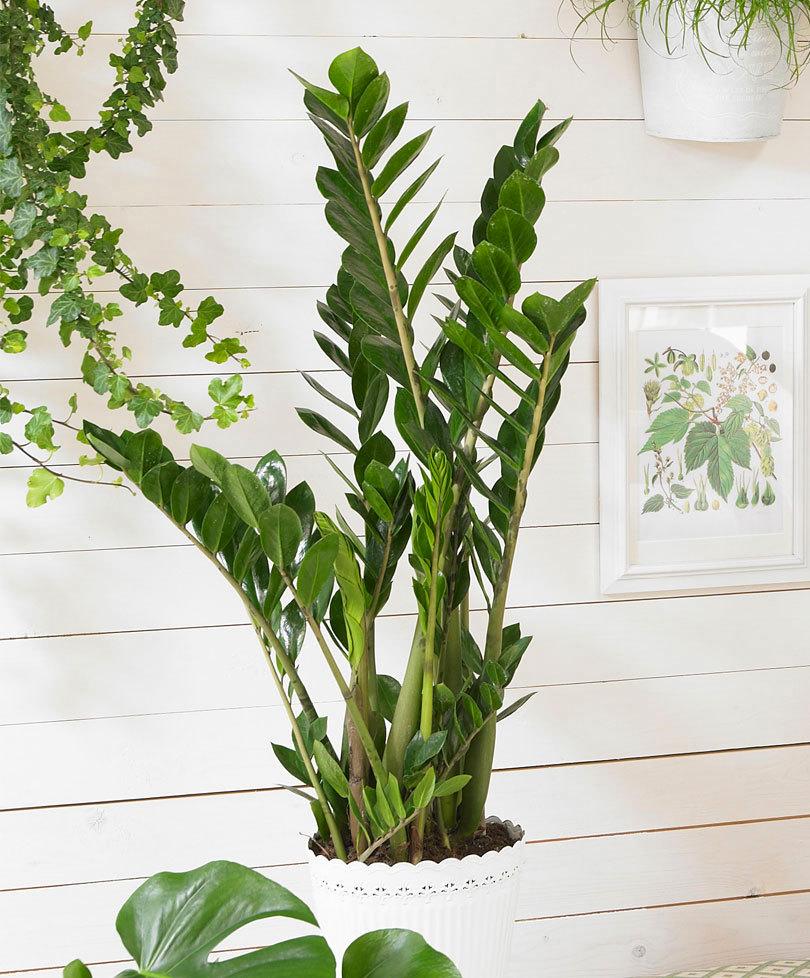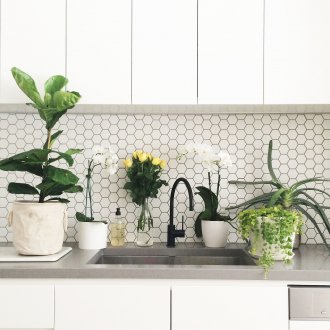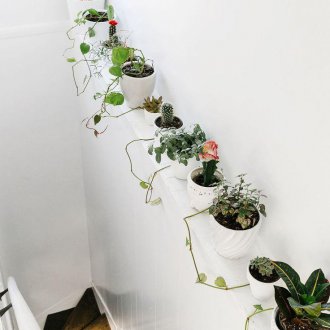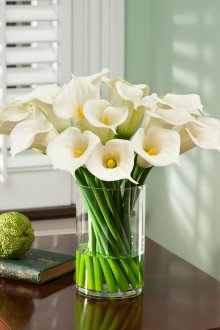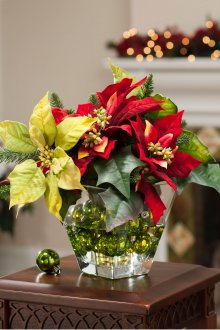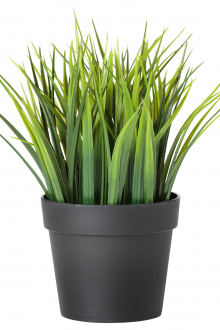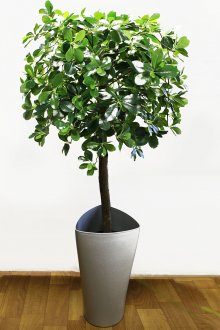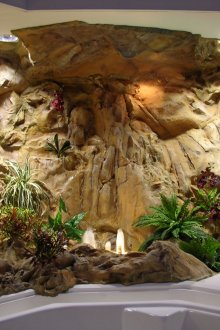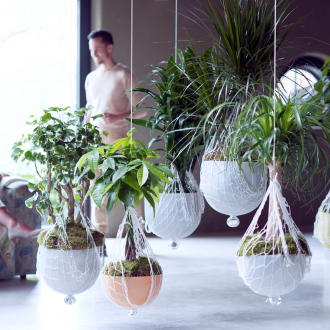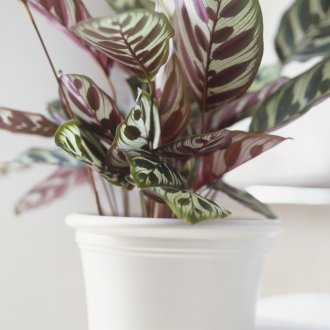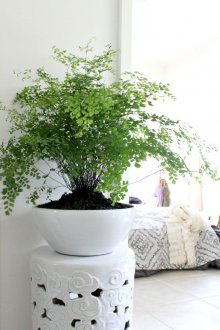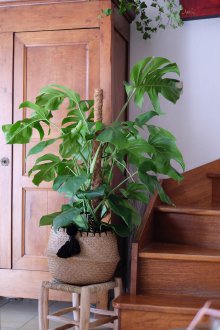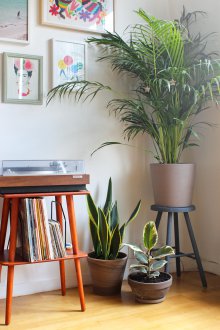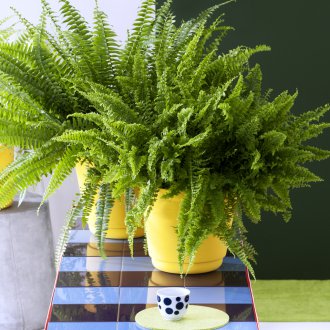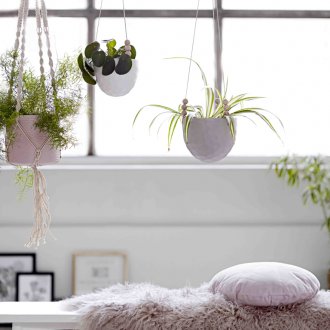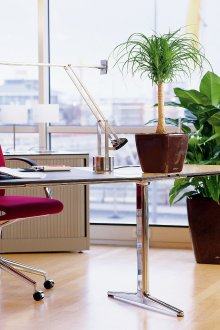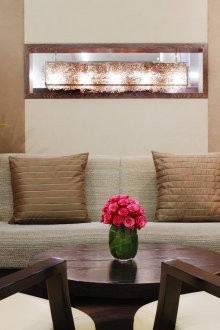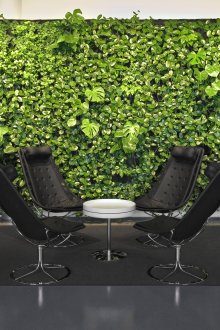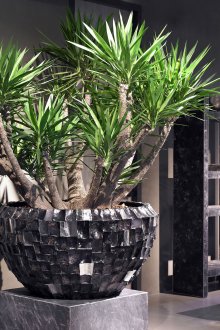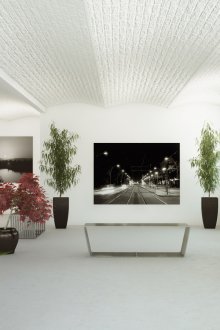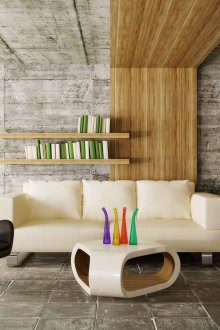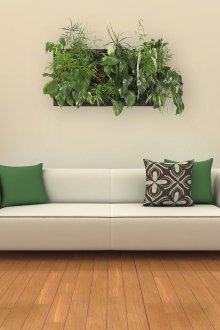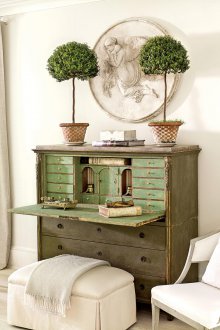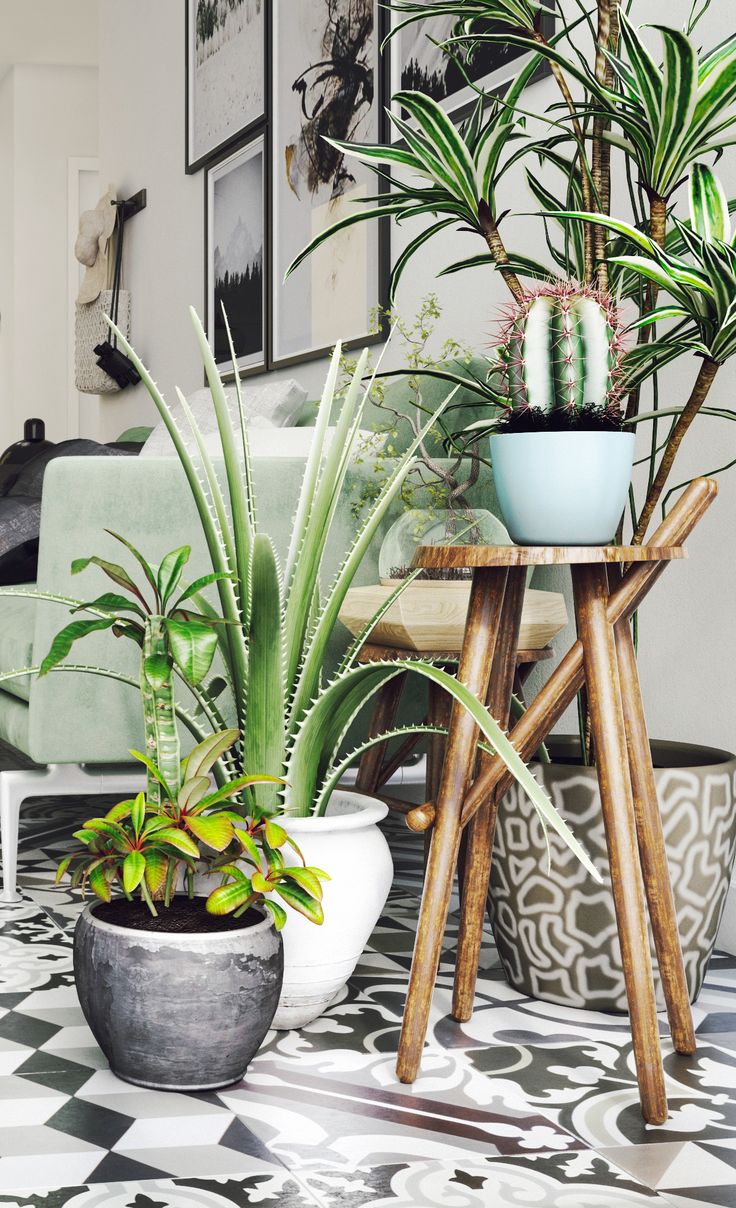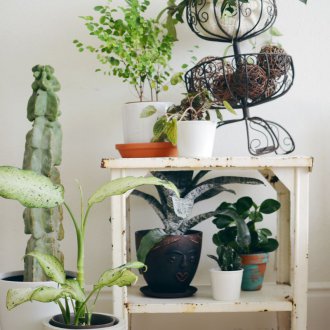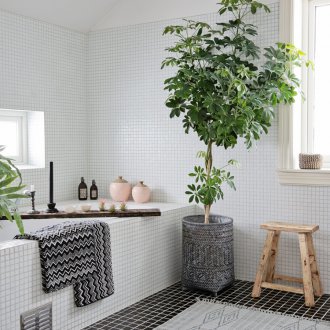Indoor plants, design and placement (57 photos)
Content
Indoor plants in the interior are a rather elegant element of decoration. They help create an atmosphere of harmony in the home. Also, living indoor flowers create and maintain a healthy and natural microclimate for humans. For example, philodendron, dracaena and sansevieria maintain oxygen balance, and all sorts of varieties of ficus, aloe, dracaena and ivy purify the air in the room from impurities of all kinds of toxic substances. There are flowers that add mood, give calm and a feeling of warmth, transforming various rooms. In this case, there can be artificial and living plants. Which of the plants are best suited for room decoration?
Interior decoration by plants
The indisputable role of indoor plants in the interior of rooms is that they maintain the necessary level of relative humidity of about 50%, which is especially important during the heating season. As a result, the use of air humidifiers disappears.
Indoor plants in the interior of the apartment must be designed correctly, so it is recommended to use the following recommendations:
- fresh flowers should be selected with taste;
- proper care must be provided, as well as the proper development of plantings;
- it is important to select the varieties and types of green plants that will decorate the interior design throughout the year, especially flowers.
Room decoration taking into account the flowering of plants should be performed taking into account the following principles:
- in winter, cyclamen, azalea, orchid and begonia blooms;
- gloxinia, Kalanchoe, isophile campanula, erharis and indoor maple blooms in the spring;
- in summer, hoya (wax ivy), agapanthus, and ampelous pelargonium bloom;
- Korean chrysanthemum, calla Ethiopian, Indian azalea and senpolia bloom in the autumn (violet uzumbar).
Deciduous plantations, for example, cyperus, common myrtle, sansevieria, noble laurel and fatsia, are often used in the design of premises. Placement of deciduous plants in the design is used to complement the interior, so they must have an original leaf shape and graceful silhouette. For example, the branches of ampelous plants hanging picturesquely down, rather elegantly complement the interior design. A similar role is played by indoor plants in the interior by the koleriya, leafless spurge and single-flowered Kalanchoe. Their placement in beautiful wall vases will create an unusual atmosphere in the room.
The most popular plants in the interior
- Modern indoor plants in the interior of the house can be very different, however, among the flowering specimens, the orchid stands out especially. These flowers fit perfectly into the interior design, which is made in a classic style. Fans of ornamental plants often choose ficuses, palm trees, monstera and dracaena. Green hippeastrum and anthurium are in demand. Exotic fashion is more relevant today than ever.
- The decoration of the apartments is often accompanied by the use of a yucca and a bent turn. Such large plants in the interior of a living room are often used in spacious kitchens and living rooms. Such living plants with a powerful stem look great in minimalist interiors.
- In the design of the living room, the ficus looks best.He has wonderful decorative foliage that looks bright and attractive all year round. Caring for ficus is unassuming. Ficuses with variegated foliage are especially popular today. Its placement is beneficial both to the external appearance of the space, and from the point of view of the microclimate. These green plants secrete certain biologically active substances that help cleanse the air of harmful bacteria.
- In children's rooms, the use of dracenas and violets is recommended. They perfectly moisturize the air, so that they can easily replace the ionizer. In the design of such a room, the placement of a monstera is not recommended, because it is a poisonous plant. In addition, cacti for the nursery are not the best option.
- Those who prefer to see blooming houseplants in the design of their living quarters can be advised to buy camellia. If you organize good care for her, then you can enjoy flowering for 2 months. Other flowering species in fashion are clivia, stefanotis, echmea and gardenia.
Artificial plants in the interior
Care for artificial plants is not required, they always look beautiful. That is why for many, artificial flowers are an ideal option. However, more recently, the placement of artificial plants in the interior of a residential building was considered vulgar, indicating a complete lack of taste, because such artificial flowers were made using cheap materials and in uncomplicated forms. In addition, artificial plants had unnatural bright colors, which exacerbated the situation.
Today, artificial plants have become very similar to real flowers. Manufacturers offer a wide range of decorative colors, which are made of quality material, as well as using modern technology. Artificial plants are full of variety, their appearance is very difficult to distinguish from natural living herbs, bushes, flowers and trees. They do not need care, but here you need to get to the point.
- Artificial plants and flowers can fit into not every interior. For example, tall bouquets, weighty wreaths and wicker flower garlands will combine quite well with the classic style.
- If the room is decorated in a minimalist style, then artificial flowers should be chosen in oriental motifs. For this purpose, jasmine, bamboo and rice straws are ideal.
- Artificial flower arrangements complement the look of the interior in high-tech style. Ornamental plants will decorate the interior for a long time, as well as fill it with a sense of inspiration and beauty, they do not need care. In this style, it is best to use artificial compositions of muted soft tones.
Artificial plants have certain advantages, one of which is that they do not need care. Rather, minimal care is required. It is enough to wipe the artificial compositions from dust. Also, care will be to place artificial flowers away from sun exposure, because they are prone to burnout.
Rules for choosing living plants
- When choosing plants for the living room, it is recommended to purchase large-leaved large species. In the kitchen, it is better to place plants that can tolerate temperature extremes.
- When decorating a bedroom, a large number of indoor plants should be avoided, especially those that actively absorb oxygen. It is advisable to put Kalanchoe or aloe there, because at night they enrich the surrounding space with oxygen.
- If you buy a beautiful plant, then it alone will be able to please the eye and attract attention. If it is combined with other instances, then it may get lost.
- A common mistake is the desire to put a small plant and a large flower near.A small instance in this case will be completely invisible next to a big handsome man. Small indoor plants are recommended to be placed in groups, so that a single ensemble is obtained in the interior.
- Choose the appropriate plant installation method. It can be hanging baskets, multi-tier racks, floor stands, wall vertical panels, table or decorative floor pot.
- We must not forget that the flowers need proper care. Only then will they create comfort in the house.
